Norway’s culinary heritage offers a treasure trove of traditional delicacies waiting to be discovered.
Just as its landscape inspires a sense of wonder, so too do Norway’s time-honoured dishes, each telling a unique story of the country’s history, culture, and connection to the land and sea.
READ MORE: The Norwegian foods considered to be the best in the world
The cuisine reflects the country’s deep-rooted ties to its natural surroundings, from hearty stews made with locally sourced lamb and cabbage to exciting fish soups brimming with freshly caught seafood.
For newcomers eager to explore Norway’s culinary landscape, there are several must-try delicacies that The Local deems bucket-list worthy (we’re keeping it mainstream and steering clear of more extreme dishes such as smalahove, a sheep’s head dish, or rakfisk, a fermented fish dish).

Plukkfisk
A comforting, delicious, and filling dish, plukkfisk features cod or other white fish mashed into potatoes. In western Norway, it’s usually served with bacon, pickled vegetables, flatbread, and butter.
This dish holds a special place in Norwegian culinary tradition, as it pays homage to the resourcefulness of past generations.
In times past waste was not an option, plukkfisk emerged as a clever solution to utilise every bit of food available.
Leftover fish scraps from the previous day’s catch or meal were combined with mashed potatoes, ensuring that nothing went to waste.
This frugal approach to cooking reflected the practicality of Norwegian culture and underscored the importance of making the most of what nature provided.
Furthermore, potatoes and root vegetables – key elements of the dish – are fundamental staples in Norwegian cuisine, serving as essential sources of sustenance in a land where agricultural conditions above ground can be inhospitable.
You can try this dish in Bergen, Norway’s second-largest city, in several establishments that offer traditional cuisine, such as Pingvinen, close to the city centre. As of the time of writing, they offer the dish for 249 kroner.
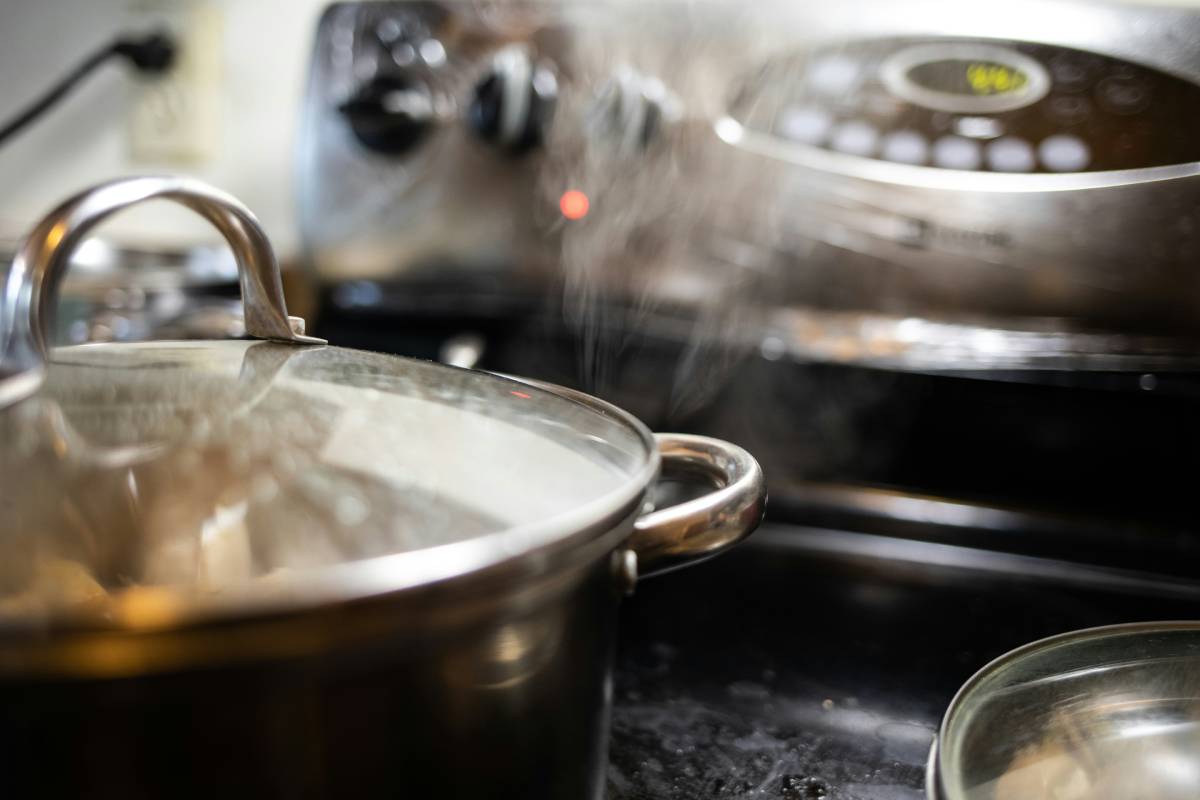
Fårikål
Considered one of Norway’s national dishes (voted as such on two occasions, the last time being in 2014), fårikål, a slow-cooked stew made with lamb or sheep meat, cabbage, and peppercorns, is a winter favourite in many Norwegian households.
The dish is usually cooked for hours and served with potatoes (boiled in their skins).
Autumn holds a special significance for fårikål enthusiasts, as it marks the traditional season for enjoying this dish. The last Thursday in September in particular is related to fårikål, as it aligns with the peak time for lamb slaughter.
This seasonal connection is rooted in Norway’s sheep farming traditions, where lambs born in the spring are ready for slaughter by autumn, making fresh lamb meat abundant.
The dish’s origins are somewhat uncertain, but it is believed to have been influenced by Danish culinary traditions.
Historically, fårikål likely gained popularity during the 20th century, coinciding with the availability of head cabbage and the tradition of using fresh meat.
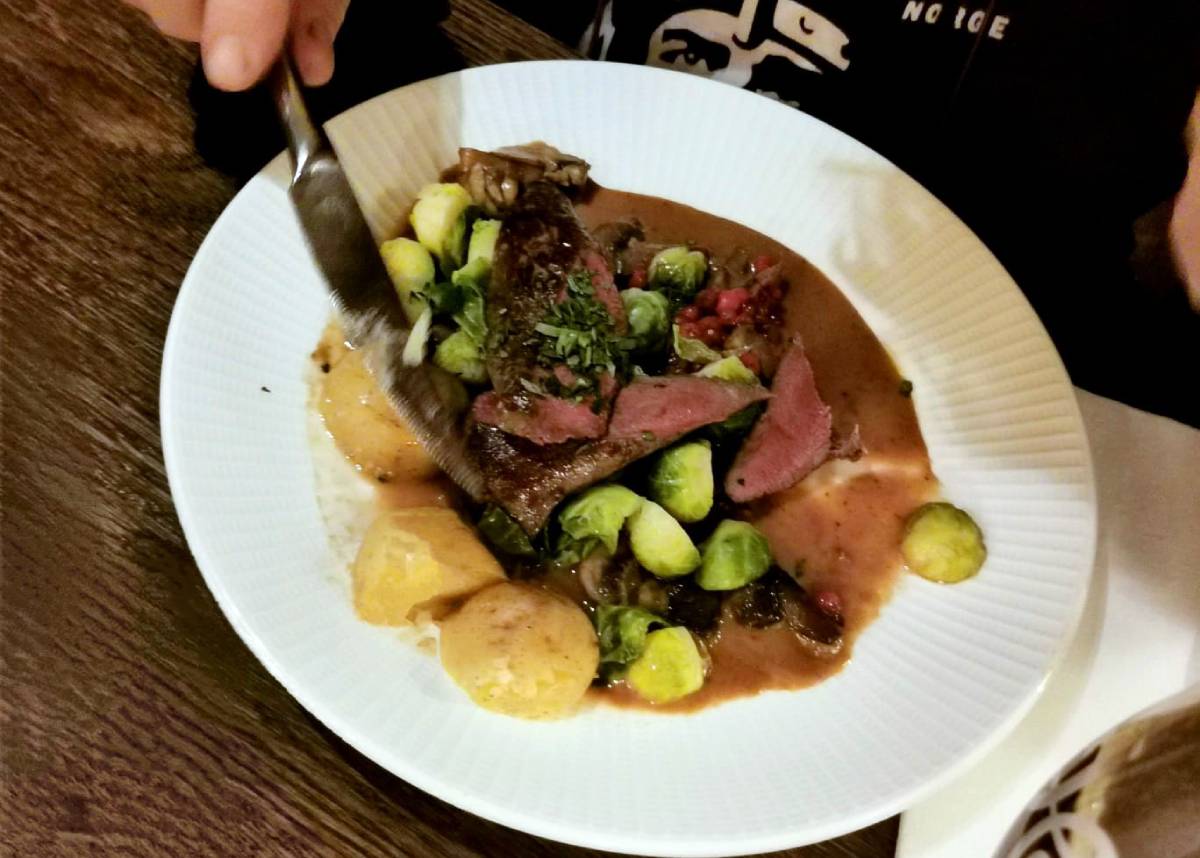
Reindeer steak
For a taste of Norwegian wilderness, many people opt to indulge in reindeer steak, a tender and flavorful meat usually served with lingonberry sauce, potatoes or parsnip puree, and perhaps a side of roasted vegetables or mushrooms.
This pricey delicacy embodies the rugged spirit of Norway’s northern regions, and it’s often found on restaurant menus during the Christmas season.
READ MORE: The traditional Norwegian Christmas foods you should know about
The dish is likely to cost anywhere from 400 to 650 kroner, and you’ll usually be offered red wine to accompany your meal.
In late November 2023, a grilled reindeer fillet with Brussels sprouts, mushrooms, and lingonberries cost 525 kroner at the higher-end traditional restaurant Byrggeloftet og Stuene, located along Bergen’s harbour.
Looking beyond the price tag, if you’re big on steaks and meat in general, it’s well worth splurging and trying reindeer at least once, especially if it’s for a festive occasion (such as julebord gatherings and parties that take place throughout Norway in December).
READ MORE: ‘Julebord’: Norway’s Christmas party culture explained
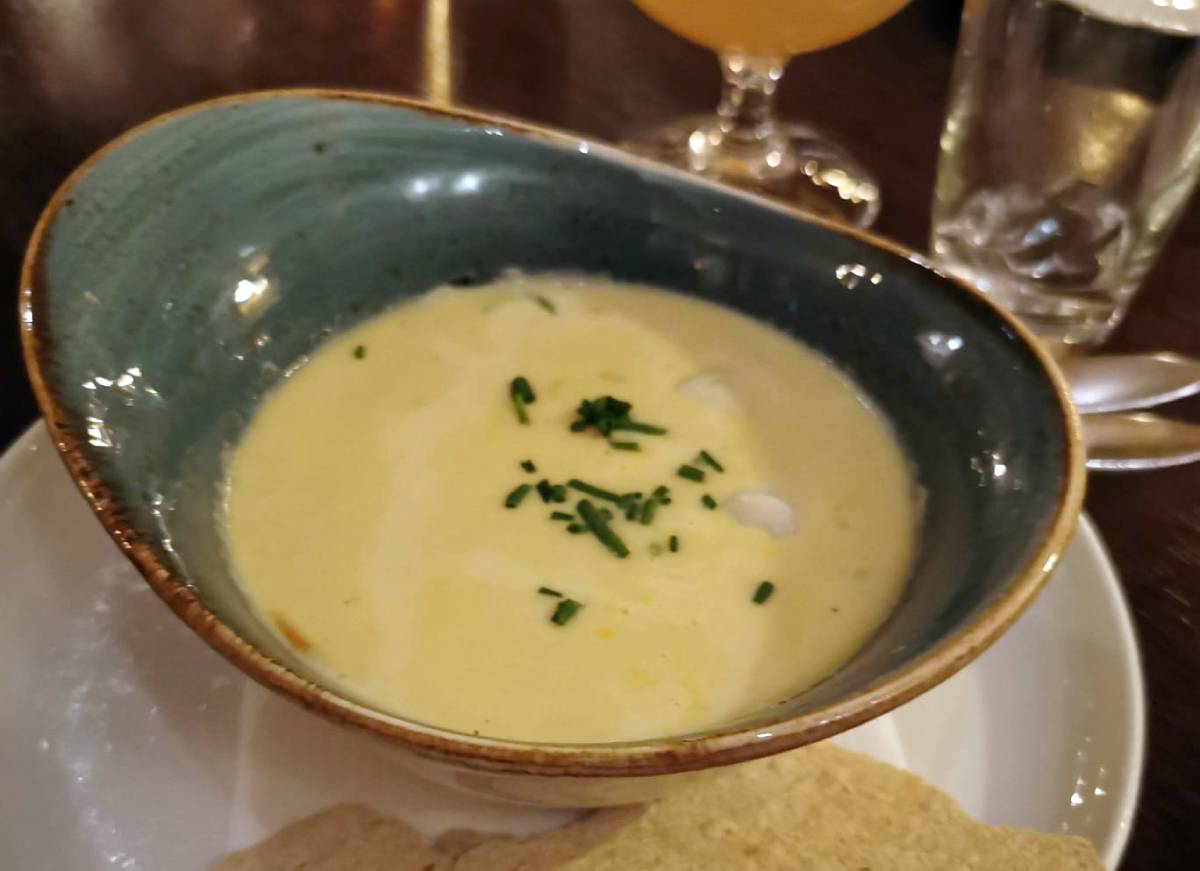
Bergensk fiskesuppe
Hailing from the coastal city of Bergen, this creamy fish soup is made with a variety of locally caught seafood, including cod or pollock, salmon, and shellfish, and simmered in a rich fish broth with vegetables (carrots, leeks, and others) and herbs.
Its signature taste comes from the crème fraîche or sour cream, white wine vinegar, and white vine.
Both Byrggeloftet og Stuene and Enhjørningen are renowned for their Bergen fish soup, so visiting any of the two to try this dish is a safe bet.
Speaking from personal experience, this is the first Norwegian dish that really rocked my tastebuds after I moved to the country. The unique blend of fish, cream, and vinegar pairs incredibly well, creating a taste combo that was completely new and original to my Mediterranean diet-conditioned palate.
Another upside to preparing this soup yourself is that you can have it done really fast – it usually takes me around 45 minutes to prepare a pot of Bergen fish soup that can feed 4 to 5 people.
Pop a few baguettes in the oven to warm up while you put the finishing touches on the dish. Once they’re ready, slather them with salted butter and serve them alongside the soup.
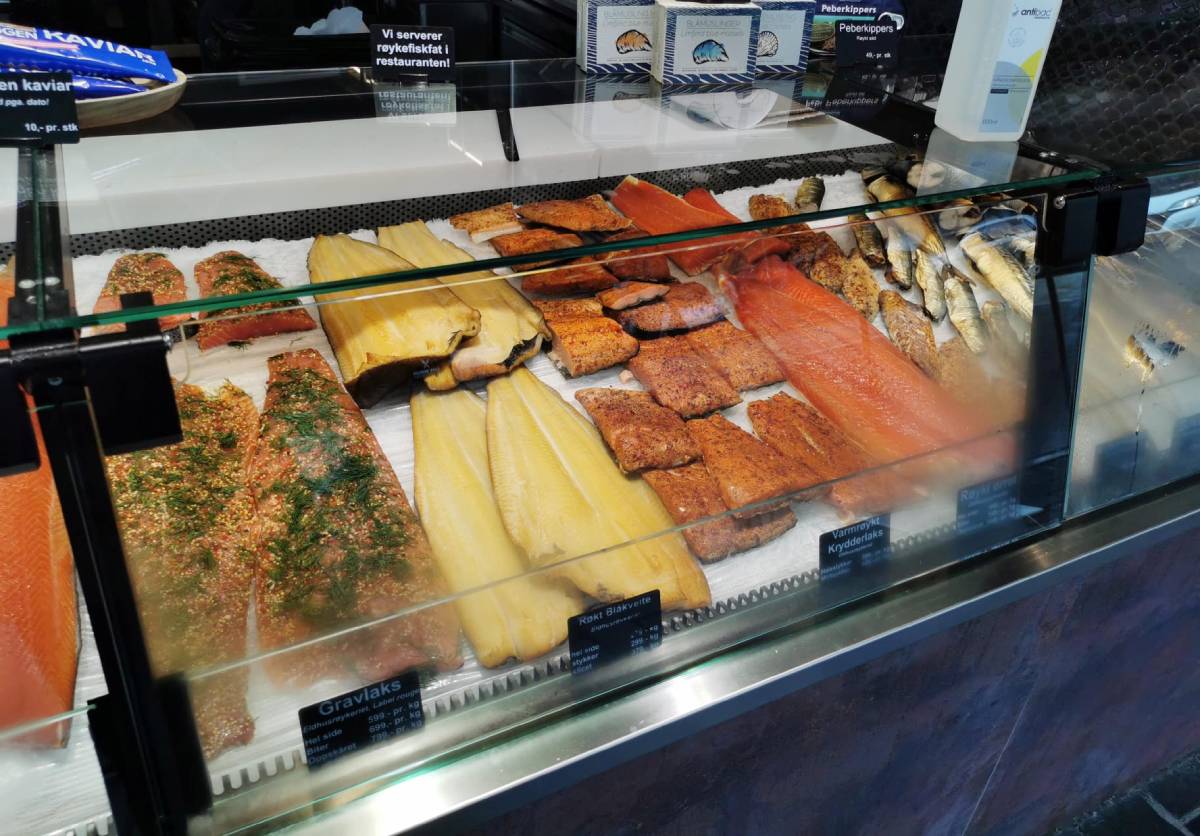
Gravlaks
Last but not least, we recommend gravlaks, a Scandinavian speciality of cured salmon marinated in a mixture of sugar, salt, and dill.
The term gravlaks originates from grav (dig) and laks (salmon), referencing the practice of burying salmon in the ground, as in the medieval era, gravlaks was prepared by fishermen who preserved salmon by salting and fermenting it, burying the fish in the sand above the high water line.
EXPLAINED: Why Norway is so obsessed with salmon
Today, fermentation is rarely used in gravlaks production. Instead, the salmon is typically marinated for a few days.
During this process, the moisture from the salmon transforms the dry marinade into a concentrated brine.
While this method can be applied to other fish, salmon remains the most popular choice.
Usually, it is sliced thinly and served on rye bread or with potatoes.
You’ll be able to easily find gravlaks in most Norwegian cities and towns – on fish markets, in most fishmonger isles at the higher end grocery stores such as Meny, and even as a meal staple in hospital cafeterias that prepare food for women who have just given birth.

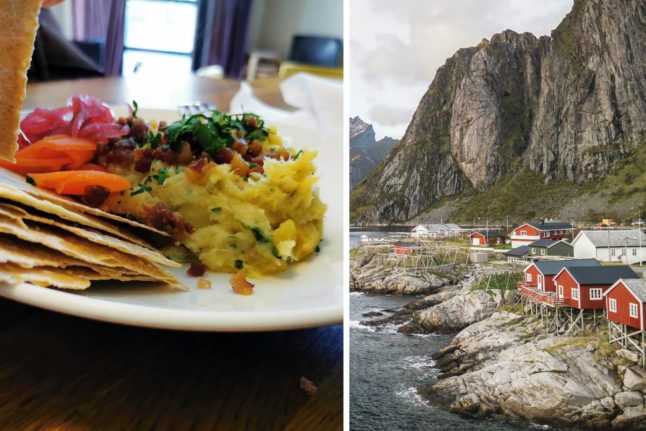
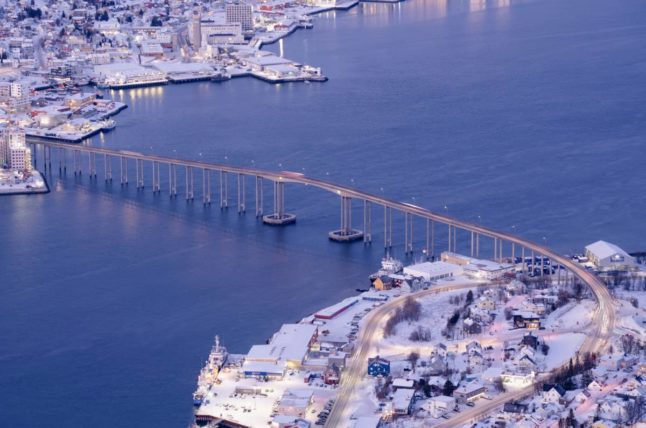
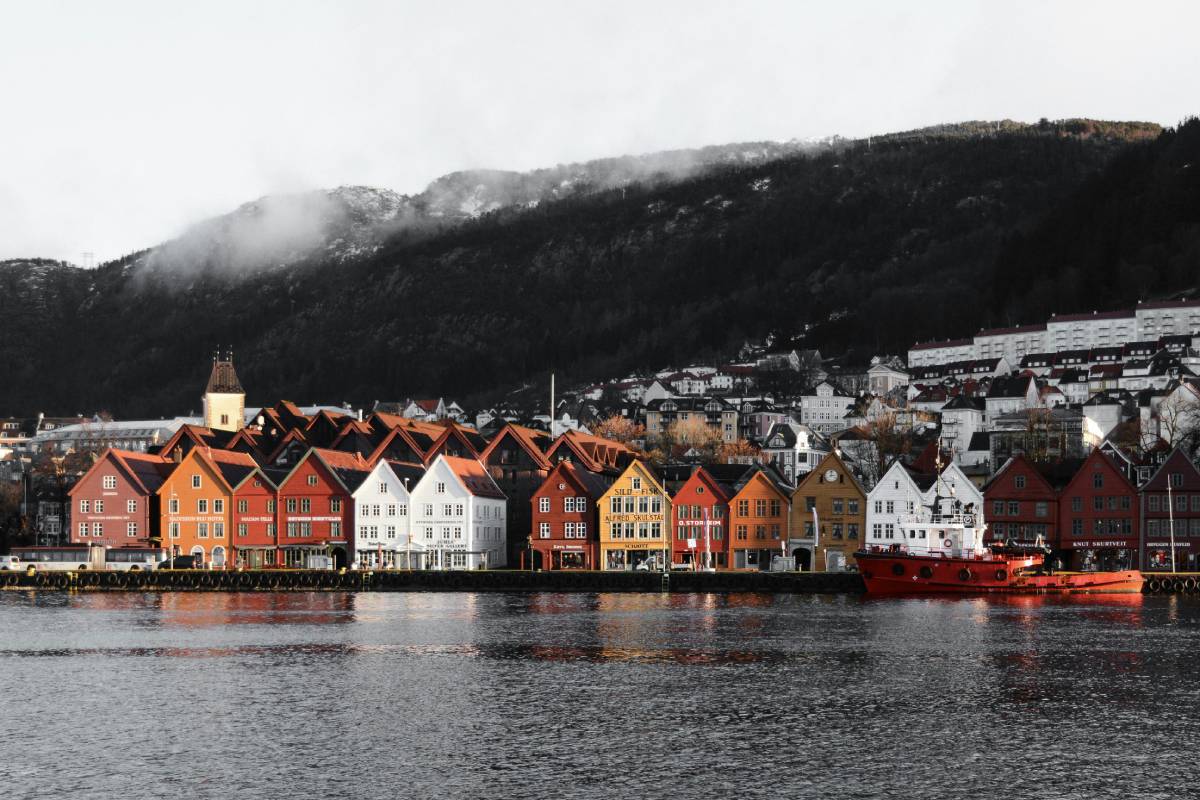
 Please whitelist us to continue reading.
Please whitelist us to continue reading.
Member comments